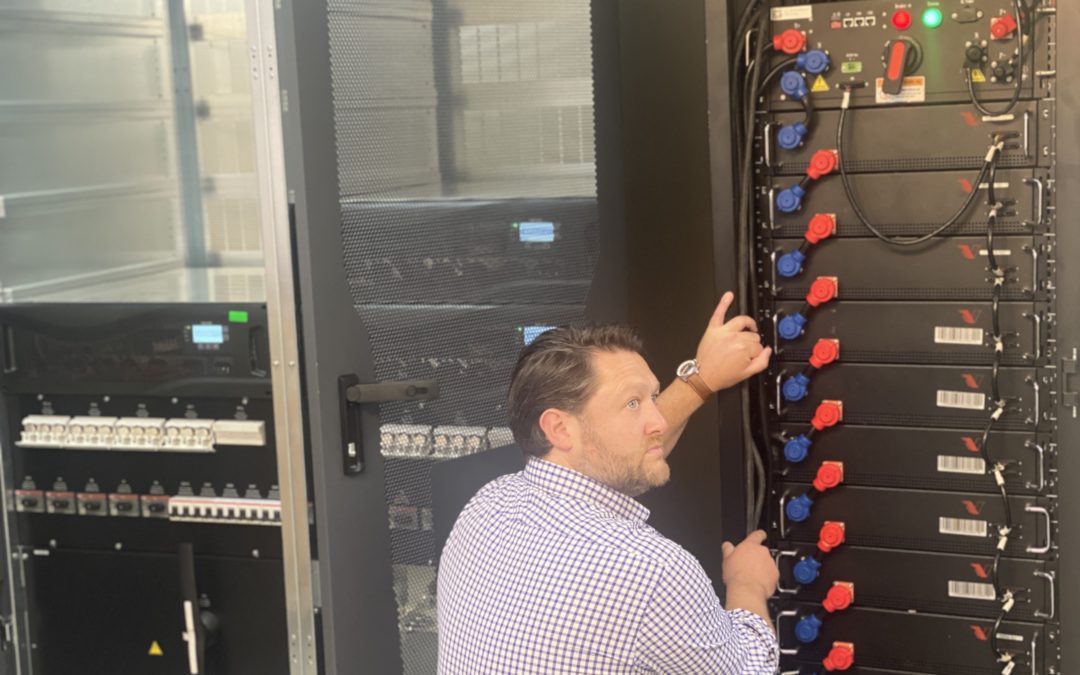Louis McGarry
Centiel UK explains the key considerations for a successful Uninterruptible Power Supply (UPS) installation.
How many times have you purchased something then later, it’s not turned out quite like you’d hoped or anticipated? We are often called in to see organisations in this situation where a UPS has been installed by others and it’s not delivering on its promises. However, for many years we have been on a mission to change this around.
The fact is that you can’t fully understand and complete a successful UPS installation from behind a desk. There are many variables relating to the power infrastructure including space, other equipment, environment, and timescales. As manufacturers and suppliers, it is our responsibility to deliver clean, continuous power with the most available systems and at the same time, ensure all the other elements which can impact successful UPS installations are also considered and resolved. It is often these factors which can end up compromising the original system design and if suppliers are not careful, the system provided may not meet the intended performance requirements.
We know from our own experience that there will be changes during projects, but this doesn’t mean that the client has to compromise their critical power and availability. Working with our team of experienced engineers who understand how to design and implement flexible UPS systems, can offer short-term and long-term savings without lowering the performance criteria. It’s not just big changes that can make a difference, it can be the simple things such as the correct labelling of DC cables or supplying proper containment or completely re-imagining the room layout. For us it’s about working with whatever the situation requires to ensure our UPS always does what it says on the tin.
Getting the Installation Right
The installation can be impacted by other trades ‘working on top of each other’. Timing is the all-important element here. Over the course of a project, timelines will inevitably shift, and they are always on the tight side! Therefore, keeping in constant communication with others involved in the project can help.
Protection of Equipment
Once the UPS has been installed it is important it stays safe while the rest of the build is completed. We try and mitigate the risk by protecting the UPS and the batteries, putting up barriers and if possible and making the room secure.
Maintenance
As manufacturers we have a duty of care and our relationship with the UPS doesn’t end once commissioning is complete. It is essential that trained engineers undertake regular maintenance visits to ensure component health is monitored and corrective actions are taken to prevent potential failures. Understanding when remedial actions may be required will allow for budget discussions and planning to take place.
Again, we are focused on expecting the unexpected, always aiming to remove risk and maximise overall system availability as far as possible.
Selecting the most optimum solution means working in close partnership with manufacturers, contractors and consultants to meet the requirements for critical power protection and to help overcome the inevitable challenges experienced on any project. At CENTIEL we are trusted to deliver to expectation every time and to support our clients and their equipment now and in the future.
Originally featured in Inside Networks Magazine September 2021.

